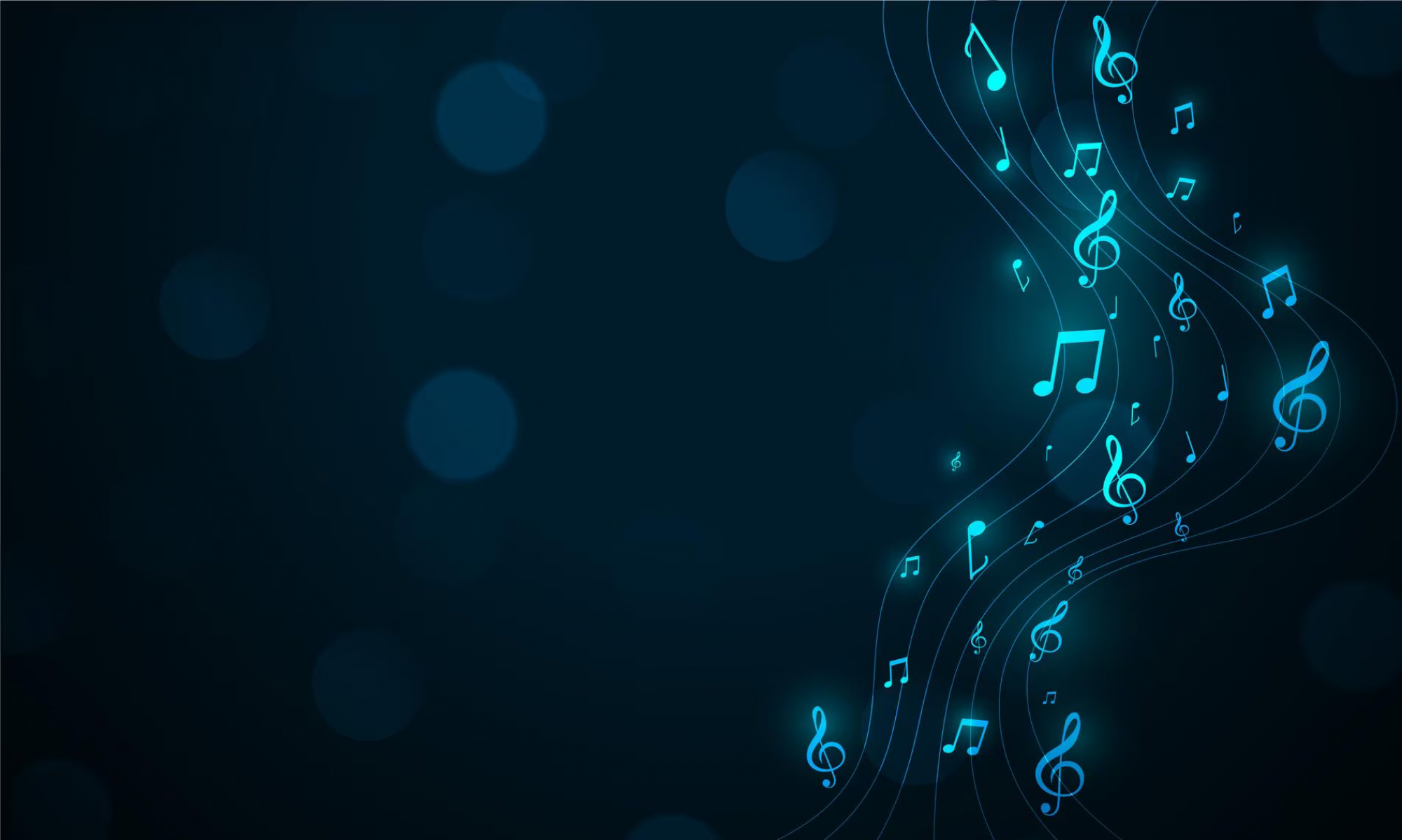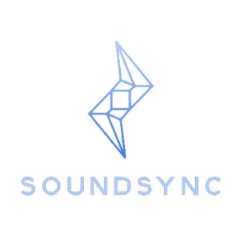I worked on the design proposal presentation. I worked on the Use case Requirements slide containing the audio latency and audio accuracy. I also worked on the Technical challenges slide, solution approaches slides, and the testing verification & metrics slide. Lastly, my team and I worked on the User Experience Flow chart and data path for the last slide. I also researched the Jetson Nano Dev Board as a possible substitute for our Google Coral Board. Additionally, I read through the audio alignment sheet music research paper published in 2008 for possible ideas for audio alignment for our project.
Caleb’s Status Report for 9/16
I worked on collecting the specifications needed for the Tobii Eye-Tracker 5. This ensures the camera is operatable by our Google Coral board. Also, downloading the Pro Developer SDK for the camera allows all devices to communicate through Python. I also worked on collecting information on how to filter the eye-tracker data to improve both precision and accuracy. This consisted of reading through a Microsoft paper detailing different filters and their overall effect on eye-tracking accuracy and precision.
Source: https://www.microsoft.com/en-us/research/wp-content/uploads/2017/01/everyday_eyetracking-1.pdf
Final Project Documents
Design Review
Proposal
Introduction and Project Summary
We are excited to present SoundSync, a novel system that automatically turns pages during rehearsals and performances. While playing, musicians have to turn pages, resulting in a loss of focus and inability to make music while they’re using their hands to flip a page. Musicians may have the choice of having a professional page turner or foot pedal, however both result in disruptions. SoundSync aims to autonomously turn pages in real time using eye tracking and audio processing to ensure accuracy and focused playing for the duration of practice.

